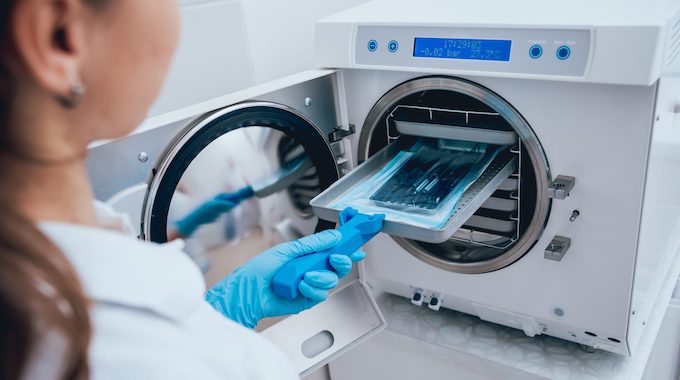- Solutions
ENTERPRISE SOLUTIONS
Infuse new product development with real-time intelligenceEnable the continuous optimization of direct materials sourcingOptimize quote responses to increase margins.DIGITAL CUSTOMER ENGAGEMENT
Drive your procurement strategy with predictive commodity forecasts.Gain visibility into design and sourcing activity on a global scale.Reach a worldwide network of electronics industry professionals.SOLUTIONS FOR
Smarter decisions start with a better BOMRethink your approach to strategic sourcingExecute powerful strategies faster than ever - Industries

Compare your last six months of component costs to market and contracted pricing.

- Platform
- Why Supplyframe
- Resources
From ongoing supply chain disruptions to complex regulations and a trend towards personalized care, the medical devices industry is in a time of transition. Amid these changes, the emergence of the new technologies of the Fourth Industrial Revolution presents tremendous opportunities for greater quality, innovation, and efficiency.
Here are some of the key ways that Industry 4.0 will shape the future of the medical devices sector.
Improving quality control
Medical device manufacturers face uniquely stringent quality standards given the highly technical and often life-saving nature of the goods they produce. Moreover, the industry deals with high production quantities, meaning that this need for precision and quality must be maintained over large volumes of product.
The technologies of Industry 4.0 allow for greater automation of both the production and quality-control processes, leading to more efficient and error-free outcomes. For instance, the implementation of robotics and integrated sensors on factory machinery can help manufacturers meet FDA requirements on disclosing the production process on a part-by-part basis.
Facilitating innovation
The medical device industry is rapidly evolving, and the latest trend is the rise of customization. Industry 4.0 can help manufacturers stay ahead of the curve by providing customers with opportunities to personalize and modify products.
Innovations like advanced data analytics, augmented reality, and additive manufacturing (the use of 3D printing in factories) are bringing new approaches to design and manufacturing, increasing agility to accommodate new formats and products in response to changes in demand.
Optimizing business practices
Increasing automation allows manufacturers to streamline business processes, such as inventory management and equipment maintenance. Improved sensors and connectivity via the Internet of Things (IoT) allow for accurate, real-time insights into supply levels and machine conditions, increasing efficiency and saving businesses time and money.
As these new technologies transform the market, it is vital that business leaders stay up-to-date on industry trends and ensure that their supply chains are built for the future.
Learn more about how Supplyframe empowers organizations in the medical devices industry today!



